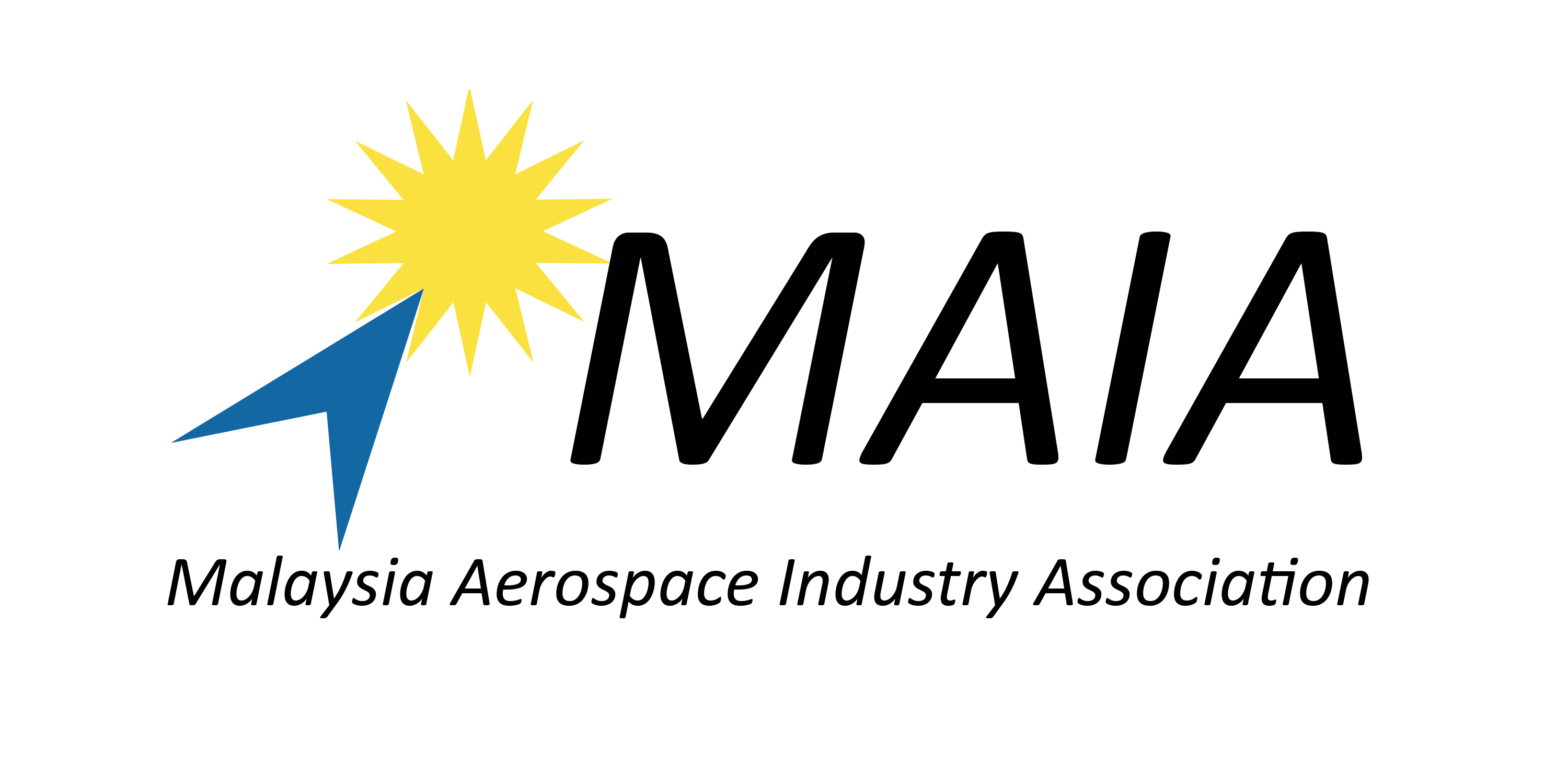Drone Management System May Boost Economy, say experts
KUALA LUMPUR: The Civil Aviation Authority of Malaysia's (CAAM) new drone management system can be a boon to the economy by reducing red tape and providing regulatory clarity, industry players say.
The Malaysian UAV Alliance Association (Muva) said the implementation of the Unmanned Aerial System Traffic Management (UAS TM) in the third quarter of next year would ensure greater safety and efficiency of drone operations.
"The system will provide a standardised approach to drone operations, making it easier for operators to comply with regulations," said Muva president Dr Mohd Zaliman Mohd Yusoff.
This will pave the way for drone-related businesses, such as delivery services and infrastructure inspection he said.
Drones are increasingly being used for industrial purposes including in the agriculture, construction, and security sectors as well as for surveying, monitoring and mapping.
Obtaining approvals for drone operations can be a lengthy and complicated 14-day-long process.
The UAS TM will simplify and automate the approval processes.
"Faster processing will lead to more efficient operations, allowing drone operators to plan and execute missions without delays.
"Quick processing is essential to avoid bottlenecks that could hinder industry growth and improve the user experience, encouraging broader adoption and compliance with the UAS TM," said Zaliman.
Drone Academy Asia director Erin Hoo said the UAS TM would provide regulatory support, encouraging investments in drone technology.
"The system is not a standalone solution. However, a regulatory framework and regulatory support can reassure businesses that their operations will be safe, regulated and integrated into public airspace."
The regulatory framework would also allow CAAM to implement and charge fees for services like e-identification, tracking registration and airspace usage.
"Revenue collected can be reinvested into developing and expanding the CAAM UAS Unit."
SMOOTH IMPLEMENTATION KEY
Zaliman said while the introduction of the UAS TM was welcomed, the key to its success laid in its implementation.
"Implementing a sophisticated system requires overcoming technical challenges, like ensuring reliable communication between drones and the system's infrastructure and managing the airspace in real time.
"Sufficient investment and funding will be necessary to ensure its sustainability and effectiveness, as the initial and maintenance costs can be high."
He added that interoperability must be considered in ensuring that the system operated seamlessly
with international air traffic management systems, especially in cross-border operations.
"Cybersecurity robustness is also crucial, as the system could be vulnerable to cyberattacks."
Hoo, meanwhile, said enforcement would be critical in ensuring compliance with the UAS TM.
"By holding drone operators accountable for breaches, the system will establish a standard of safety and operational discipline, encouraging adherence."
